Entry Category: Museums and Historic Sites
Delta Gateway Museum
aka: Kress Building
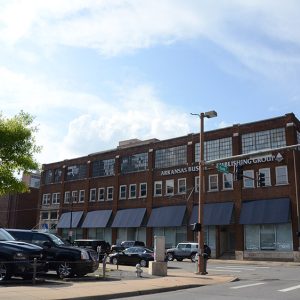 Democrat Printing and Lithographing Company Building
Democrat Printing and Lithographing Company Building
Democrat Printing and Lithographing Company Building
Desha County Courthouse
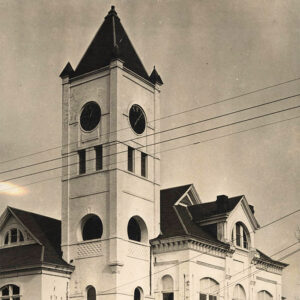 Desha County Courthouse
Desha County Courthouse
 St. Elizabeth's Catholic Church
St. Elizabeth's Catholic Church
DeValls Bluff Waterworks
DeWitt Commercial Historic District
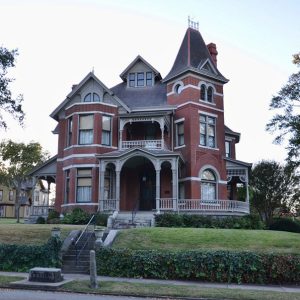 Dibrell House
Dibrell House
Dickinson-Moore House
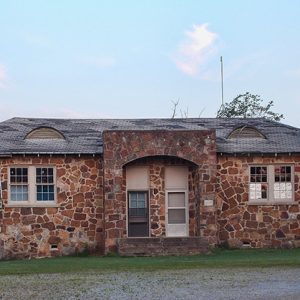 Dill School
Dill School
 Dining Room Display
Dining Room Display
 David O. Dodd Stained-Glass Window
David O. Dodd Stained-Glass Window
Domestic Science Building
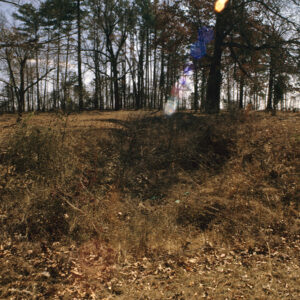 Dooley's Ferry Fortifications
Dooley's Ferry Fortifications
Dooley’s Ferry Fortifications Historic District
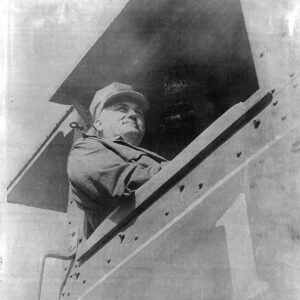 Robert Dortch
Robert Dortch
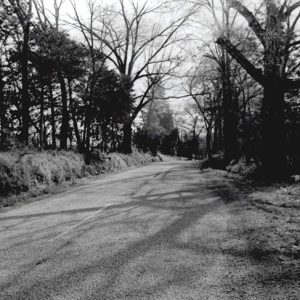 Dover to Clarksville Road
Dover to Clarksville Road
Dover to Clarksville Road
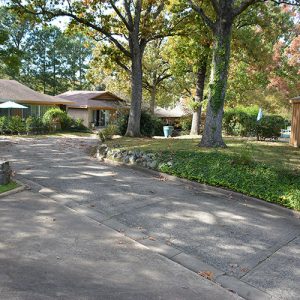 Downs Historic District
Downs Historic District
Downs Historic District
Dr. Boaz House
Dr. E. P. McGehee Infirmary
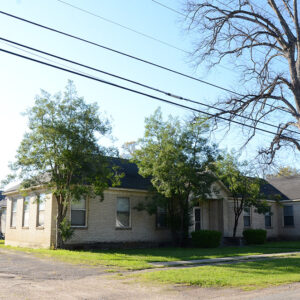 Dr. E. P. McGehee Infirmary
Dr. E. P. McGehee Infirmary
Dr. James Wyatt Walton House
Dr. T. E. Buffington House
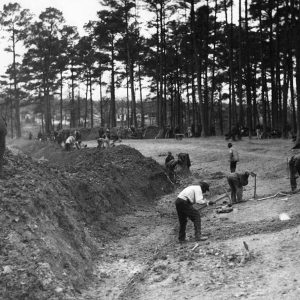 Drainage Operations
Drainage Operations
Drennen-Scott Historic Site
Drew County Courthouse
Drew County Museum and Archives
aka: Southeast Arkansas Research and Archives Center
 Drew County Museum and Archives
Drew County Museum and Archives
Du Bocage
aka: Judge J. W. Bocage Home
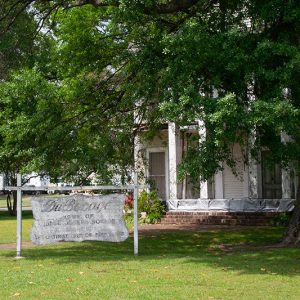 Du Bocage Commemorative Sign
Du Bocage Commemorative Sign
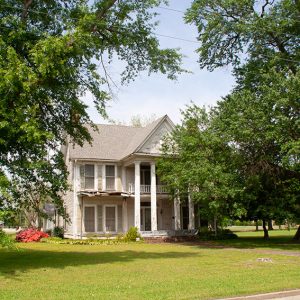 Du Bocage Grounds
Du Bocage Grounds
Dual State Monument
aka: Donaghey Monument
aka: Donaghey State Park
 Dunbar Historic District Home
Dunbar Historic District Home
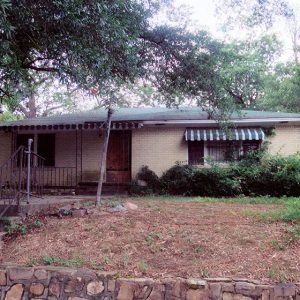 Dunbar Historic District Home
Dunbar Historic District Home
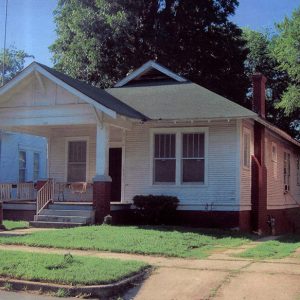 Dunbar Historic District Home
Dunbar Historic District Home
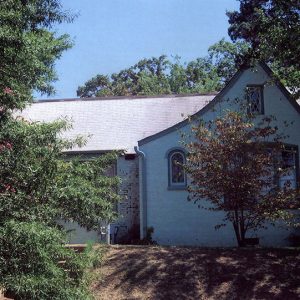 Dunbar Historic District Home
Dunbar Historic District Home
 Dunbar Historic District Home
Dunbar Historic District Home
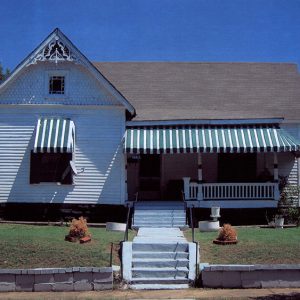 Dunbar Historic District Home
Dunbar Historic District Home
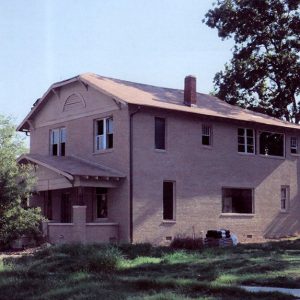 Dunbar Historic District Home
Dunbar Historic District Home
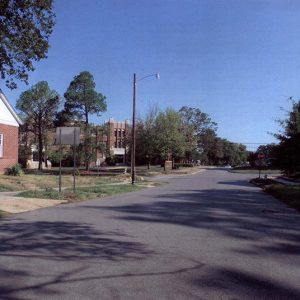 Dunbar School Neighborhood Historic District
Dunbar School Neighborhood Historic District
 Dunbar School Neighborhood Historic District
Dunbar School Neighborhood Historic District
 Dunbar School Neighborhood Historic District
Dunbar School Neighborhood Historic District
 Dunbar School Neighborhood Historic District
Dunbar School Neighborhood Historic District
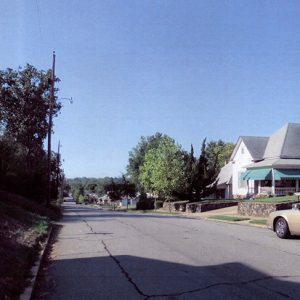 Dunbar School Neighborhood Historic District
Dunbar School Neighborhood Historic District
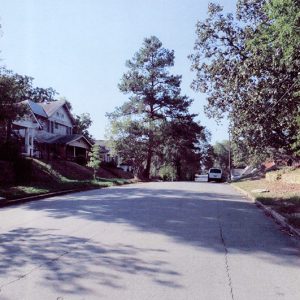 Dunbar School Neighborhood Historic District
Dunbar School Neighborhood Historic District
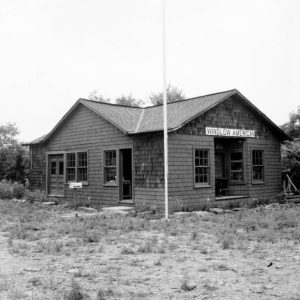 Maud Duncan Museum
Maud Duncan Museum




